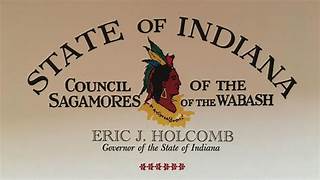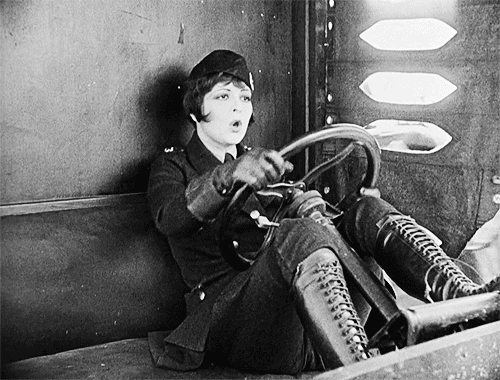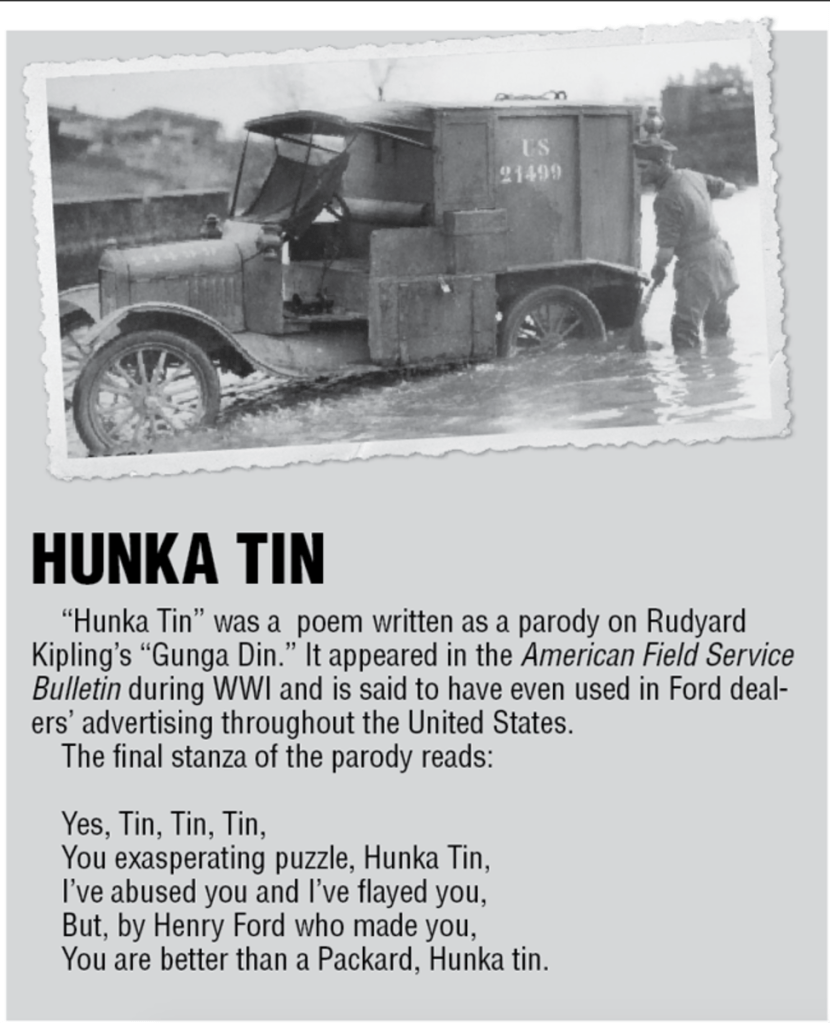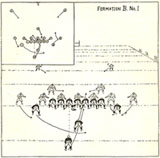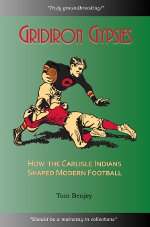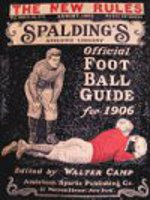
One of the artifacts Craighead House holds is a framed certificate complete with official seal and ribbon from then governor of Kentucky, John Y. Brown Jr., commissioning Jean Craighead George as a Kentucky Colonel. It was dated 9 September 1983, the 92nd year of the Commonwealth. Like Pennsylvania, Kentucky is also a commonwealth, whatever that means.
Research into Indiana’s Sagamore of the Wabash honorific found that the Bluegrass State’s Kentucky Colonel program had existed long before Indiana’s. Kentucky’s goes all the way back to its first governor, Isaac Shelby, who put his son-in-law, Charles Todd, on his staff with the title of Colonel, and not to the Civil War as many suspect. Shelby, who had fought in battles against the Indians in colonial times and against the British during the Revolutionary War, as governor raised a force of 3,500 volunteers and led them in the Battle of Thames during the War of 1812 against the British. After the war, he commissioned all who had enlisted in his regiment as Colonels. Later on, other governors commissioned Colonels to act as their protectors. They even wore uniforms and were present at most official functions.
In 1932, the chief counsel of the Motion Picture Producers and Distributors of America, Charles Pettijohn, convinced then Governor Ruby Laffoon to found The Honorable Order of Kentucky Colonels. He then appointed Pettijohn as the National Commanding General of the Order, a position that was responsible for the finances of the Order. Anna Bell Ward was appointed Secretary and was given the task of organizing the Order. Later on it was made a charitable organization.
The Governor and Lieutenant Governor serve as the unpaid Commander-in-Chief and Deputy Commander-in-Chief, respectively. The Order continues to this day. Commissions are for the recipients’ lifetimes but membership in the Order requires annual donations to the Good Works Program. The Order also sells memorabilia to raise money and holds a major event over the Kentucky Derby weekend each year. Active members are also expected to help out during the Annual Day of Service.
Numerous famous people, including movie actors, Presidents, and star athletes. Winston Churchill was a Kentucky Colonel. The most unusual commissioning was that of John Glenn while he was orbiting the earth in a Mercury capsule.
Someone must have considered Jean’s works important enough to nominate her commission.
Below is what was mounted on the backside of her commission.

